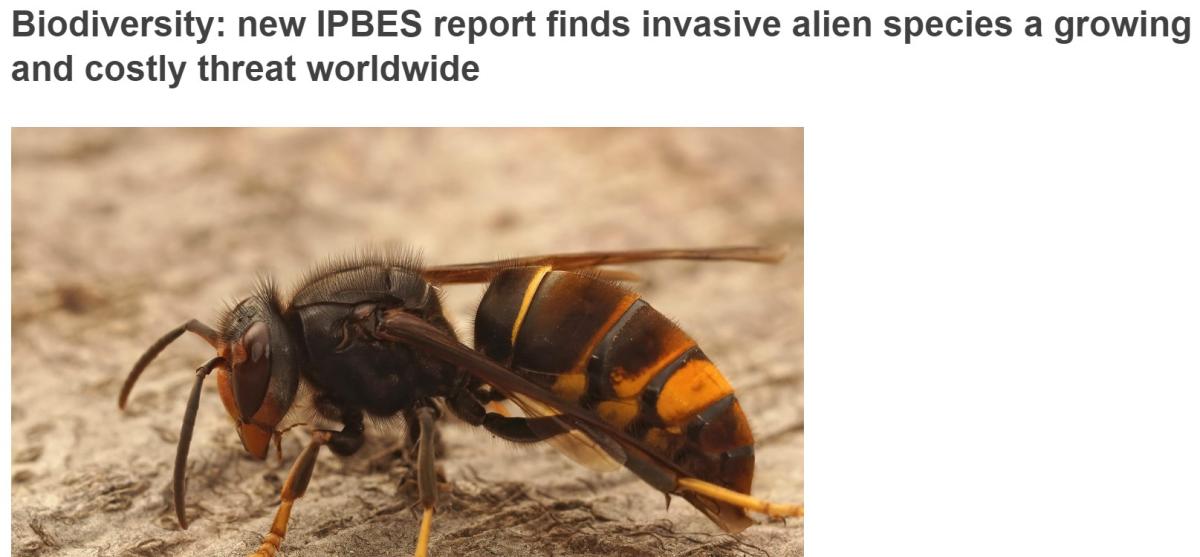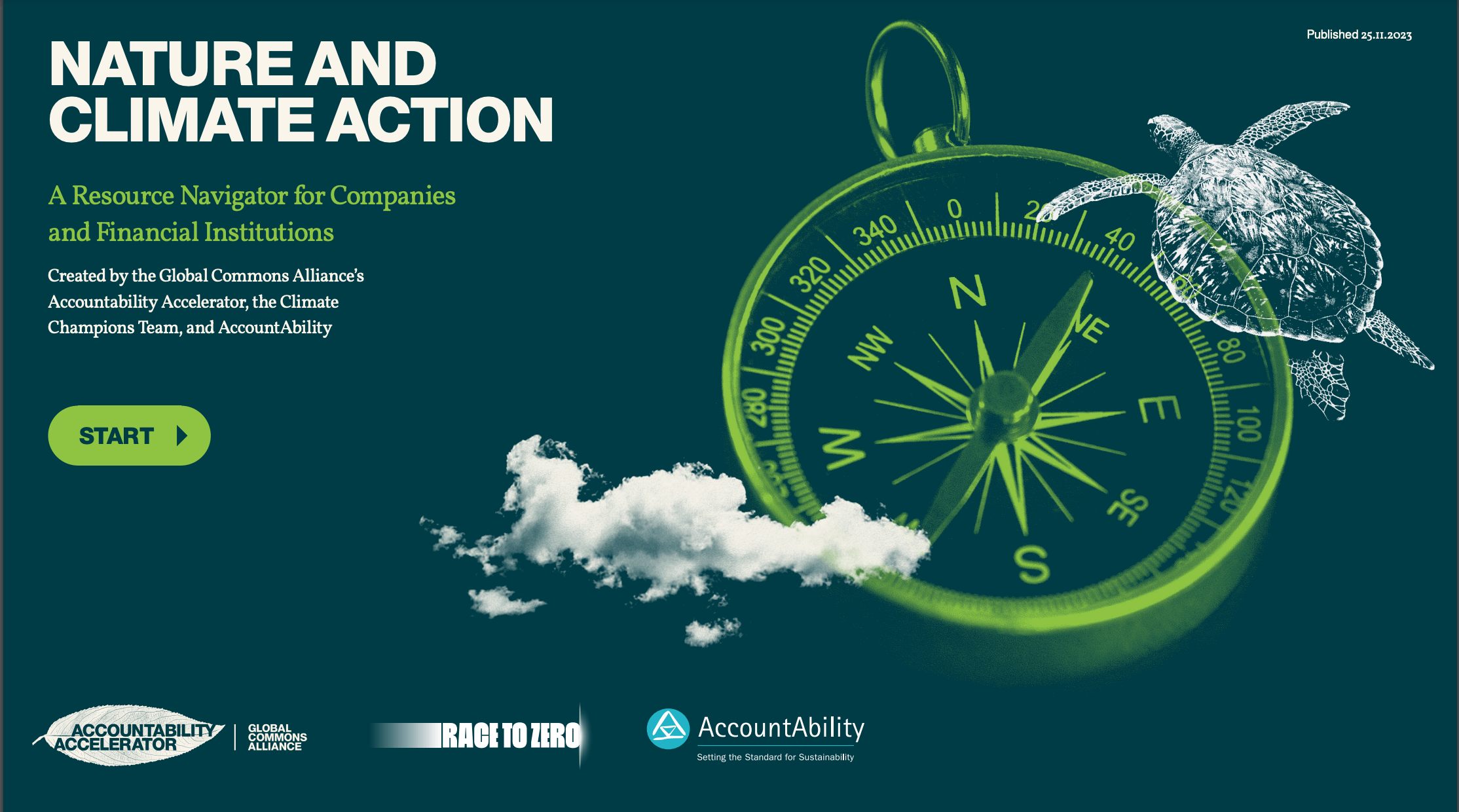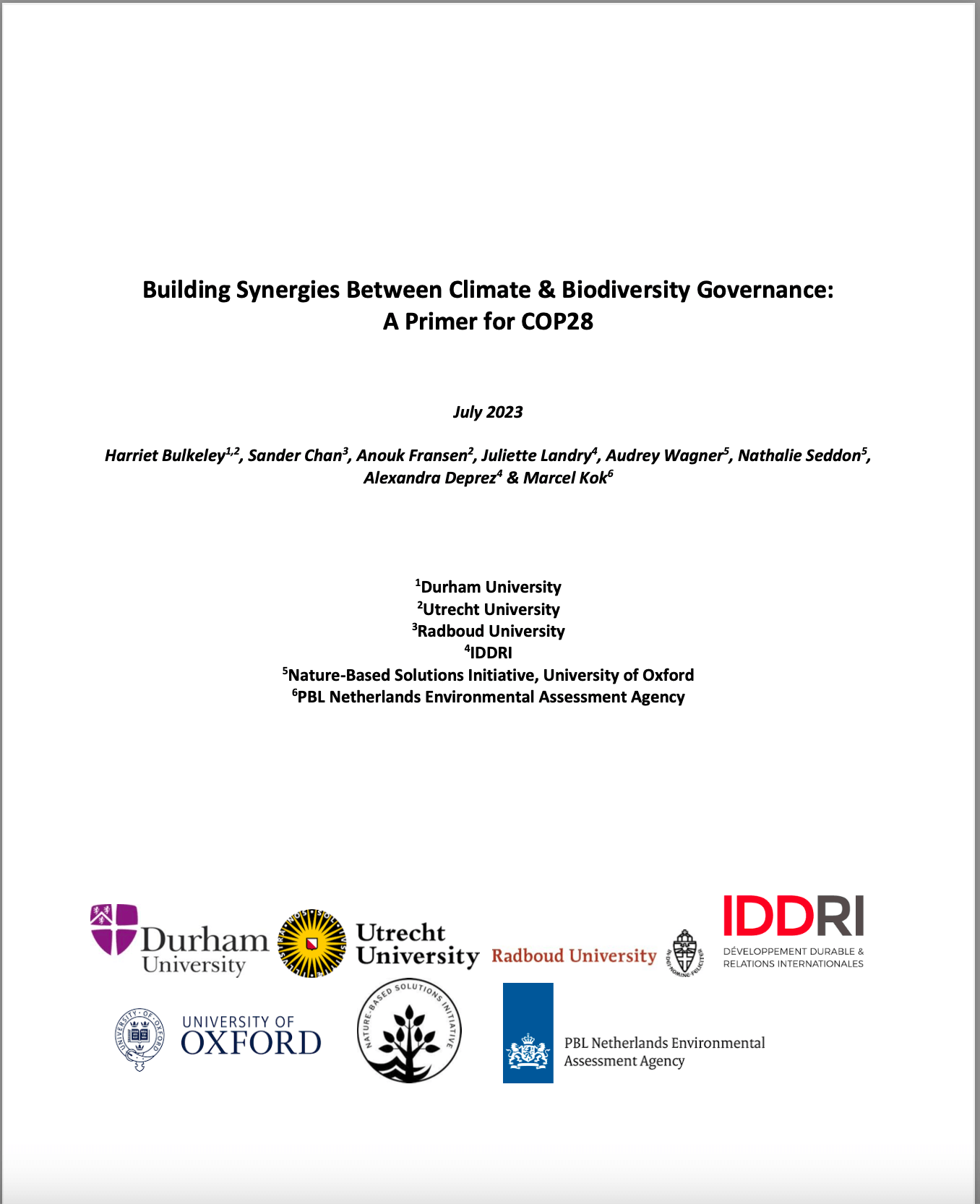Assessment Report on Invasive Alien Species and their Control
Detalles

Invasive alien species are one of the top five direct drivers of biodiversity loss globally, along with land and sea use change, direct exploitation of organisms, climate change, and pollution. According to a new report by the Intergovernmental Platform on Biodiversity and Ecosystem Services (IPBES), more than 3,500 of the 37,000 alien species that have been introduced by many human activities into regions and biomes around the world pose significant global threats to nature. economy, food security and human health. Invasive alien species (IAS) play a key role in 60% of global plant and animal extinctions, costing humanity more than $400 billion a year, an amount that has quadrupled every decade since 1970. With the increased movement of people and goods caused by globalization, environmental degradation, and climate change, the number of invasive alien species and their impacts are projected to increase in the future. The report provides evidence, tools and options to help governments and stakeholders achieve an ambitious new global target on invasive alien species: target 6 of the recently adopted Kunming-Montreal Global Biodiversity Framework, which aims to reduce the introduction and establishment of invasive alien species by at least 50% by 2030.
Recursos relacionados

Nature and Climate Action Navigator
The Accountability Navigator helps companies and financial institutions select and use resources to support their contributions to a nature-positive future…

Building Synergies Between Climate & Biodiversity Governance: A Primer for COP28
This article discusses the relationship between climate change and biodiversity loss. It provides a summary of the context of the…

Financial Sector Guide for the Convention on Biological Diversity. Key Actions for Nature
The Financial Sector Guide to the Convention on Biological Diversity aims to mobilize financial institutions to ensure a nature-positive world.…

